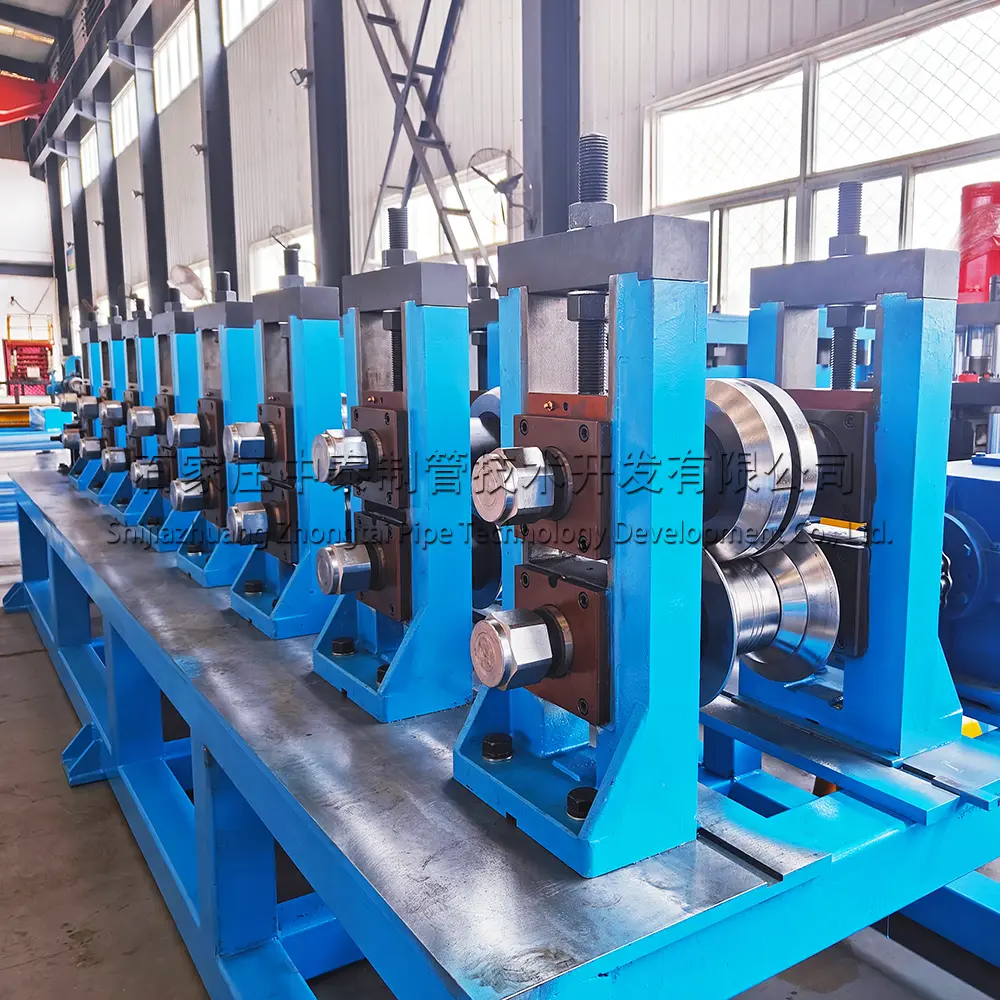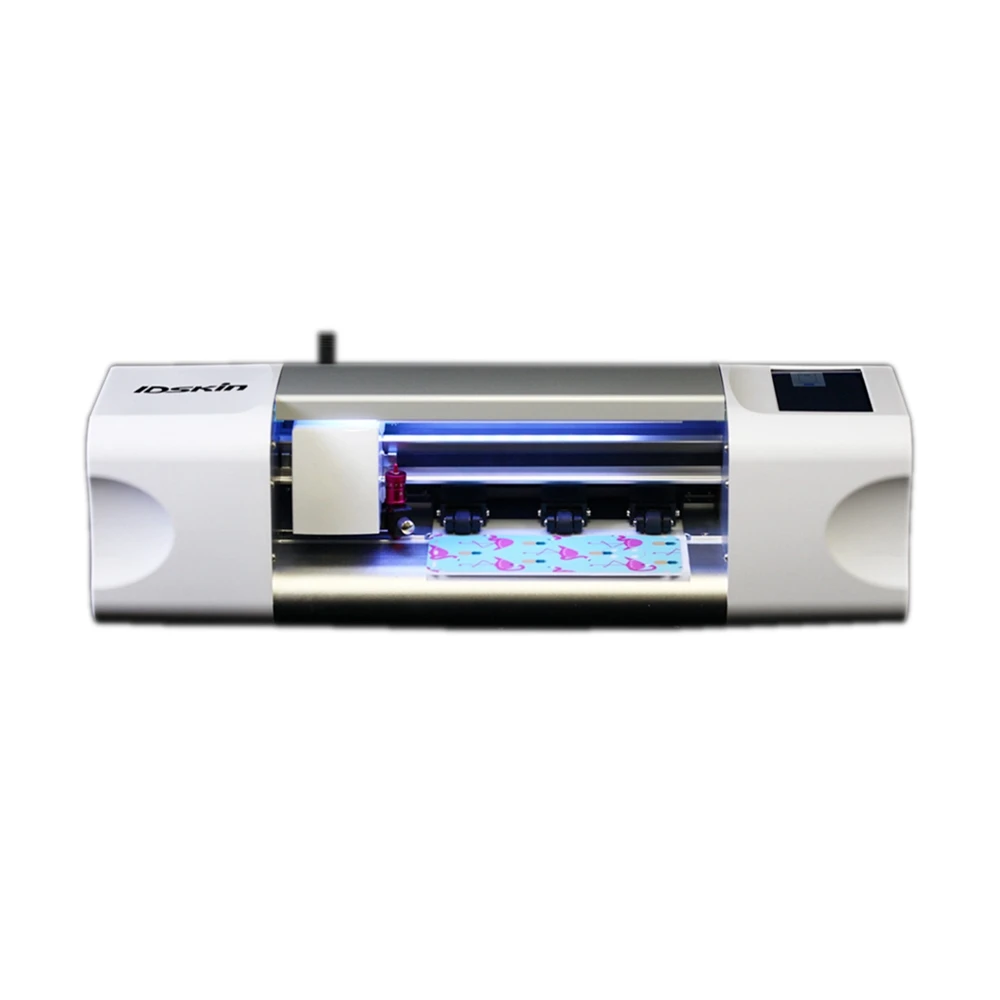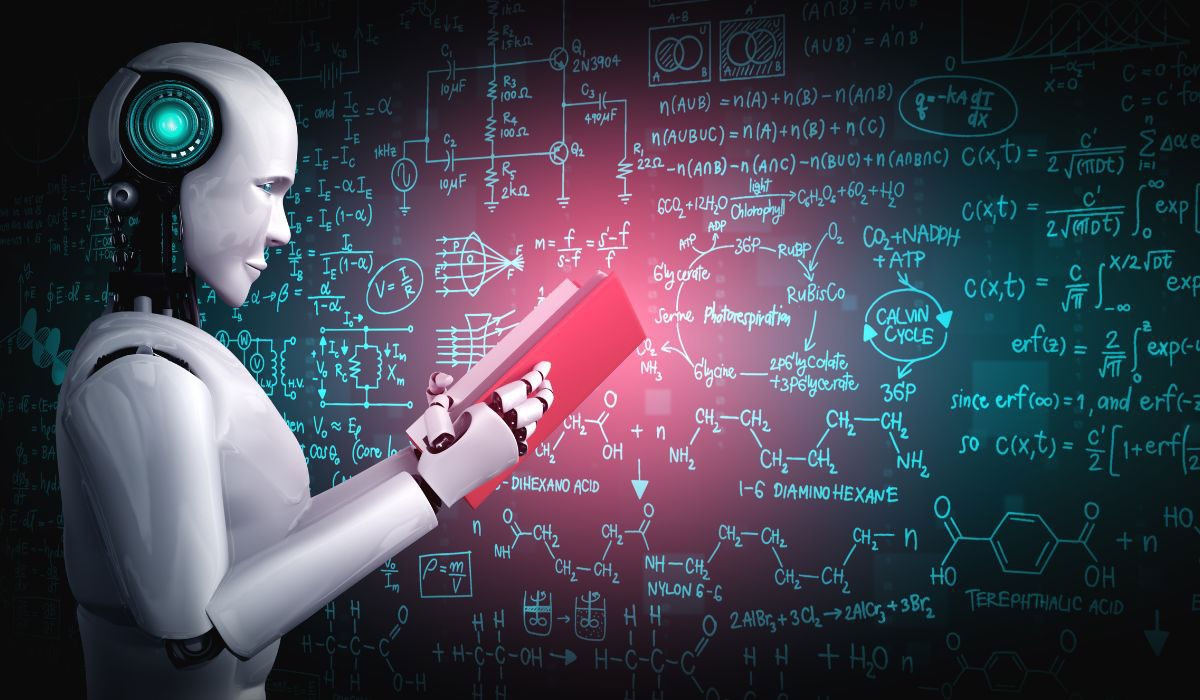In today’s highly competitive manufacturing landscape, ensuring consistent product quality is more crucial than ever. Companies strive to maintain high standards while reducing costs and minimizing human error. Enter machine vision—a transformative technology that has revolutionized quality assurance (QA) processes across various industries. At Sciotexe, we recognize that machine vision is not just a trend but an essential tool that drives precision, efficiency, and reliability in quality control.
In this article, we’ll dive deep into what machine vision is, how it enhances quality assurance, and why it’s becoming indispensable for manufacturers worldwide.
What Is Machine Vision?
Machine vision is a technology that enables computers and automated systems to “see” and analyze objects much like the human eye but with far greater speed and accuracy. It combines cameras, lighting, sensors, and advanced software algorithms to capture and interpret visual information. This technology is widely used for inspection, measurement, identification, and guidance tasks in industrial environments.
Unlike traditional visual inspection, which relies on human operators, machine vision systems provide consistent, objective, and high-speed evaluations, minimizing errors and improving overall product quality.
How Machine Vision Enhances Quality Assurance
1. Precision and Consistency
Machine vision systems eliminate the inconsistencies caused by human fatigue or subjective judgment. These systems analyze every product uniformly, ensuring the same standards are met regardless of shifts or operator changes.
2. Speed and Efficiency
Automated machine vision inspections operate at lightning speeds, often inspecting hundreds or thousands of products per minute. This rapid processing capability enables manufacturers to maintain high throughput without compromising quality.
3. Defect Detection
One of the most critical roles of machine vision in quality assurance is defect detection. Whether identifying surface scratches, incorrect assembly, or dimensional inaccuracies, machine vision can catch defects that are invisible or difficult to detect by the human eye.
4. Data Collection and Traceability
Machine vision systems collect detailed inspection data that can be logged and analyzed. This data provides valuable insights into production trends, enabling predictive maintenance and continuous improvement in quality processes.
5. Cost Reduction
By reducing waste, minimizing recalls, and lowering labor costs associated with manual inspections, machine vision systems contribute significantly to cost savings. These savings often justify the initial investment quickly.
Applications of Machine Vision in Quality Assurance
Manufacturing and Assembly Lines
In automotive, electronics, food and beverage, and pharmaceutical industries, machine vision inspects components and finished goods to ensure compliance with strict quality standards.
Packaging Inspection
Machine vision verifies correct labeling, barcode readability, and packaging integrity, preventing costly shipping errors and improving customer satisfaction.
Surface Inspection
Machine vision detects surface defects such as scratches, dents, or discolorations on metal, glass, or plastic parts, ensuring flawless aesthetics and functionality.
Measurement and Gauging
Precise dimensional measurements are crucial in industries like aerospace and medical devices. Machine vision provides accurate, non-contact measurements, reducing errors and rework.
Why Choose Machine Vision Over Traditional QA Methods?
Traditional quality assurance heavily relies on manual inspections, which are prone to errors, slow, and expensive. In contrast, machine vision offers several advantages:
- Objective and consistent results
- 24/7 operation without fatigue
- Real-time feedback and control
- Integration with other automated systems
As industries evolve towards Industry 4.0 and smart manufacturing, machine vision becomes a foundational technology to achieve higher standards of quality and operational efficiency.
Future Trends in Machine Vision for Quality Assurance
The future of machine vision promises even more innovation:
- AI and Deep Learning Integration: Advanced algorithms enable more intelligent defect recognition, learning from vast datasets to improve accuracy over time.
- 3D Machine Vision: Three-dimensional imaging offers more detailed inspections, especially for complex shapes and assemblies.
- Cloud-Based Vision Systems: Remote monitoring and analytics help manage quality control across multiple production sites globally.
Conclusion: Embrace Machine Vision to Elevate Your Quality Assurance
Machine vision is undeniably the ultimate tool for quality assurance. Its unparalleled accuracy, speed, and consistency help manufacturers maintain competitive advantages and meet increasing customer demands. At Sciotexe, we encourage businesses to invest in machine vision technologies to future-proof their QA processes, reduce costs, and deliver flawless products.
The transformation brought by machine vision is already here. Don’t let your quality assurance fall behind—embrace machine vision today to achieve excellence in manufacturing. Our website is your ultimate source of valuable information.
Frequently Asked Questions (FAQs)
Q1: What industries benefit the most from machine vision in quality assurance?
A1: Machine vision is widely used in automotive, electronics, food and beverage, pharmaceuticals, packaging, and aerospace industries due to their stringent quality requirements.
Q2: How does machine vision improve defect detection compared to manual inspection?
A2: Machine vision provides faster, more consistent, and more accurate defect detection by eliminating human error and fatigue, often identifying defects invisible to the naked eye.
Q3: Is machine vision expensive to implement for small businesses?
A3: While the initial investment can be significant, many scalable and cost-effective solutions are available today. The ROI through reduced waste, labor costs, and improved product quality often outweighs the upfront cost.














Leave a Reply